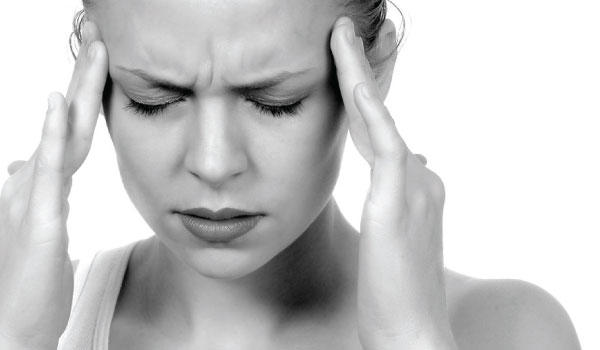If you are a sufferer, then you surely have had someone who doesn’t have migraines brush off your head-throbbing trauma with a simple “just have some Panadol”.
Unfortunately for most of us ‘migraineurs’, 21st Century science and technology has yet to truly find an ailment to our hell on earth. This begs the question, do the great minds of today have their priorities straight?
Yes, I know, they are busy finding cures to life threatening diseases, dealing with world hunger and sending trained monkeys to outer space. In the meantime though, let’s tackle the great myths and truths of this very serious, and seriously misunderstood, condition.
Myth number one: contrary to popular belief, a migraine is not simply a severe headache. It is a complex neurological disease that affects the central nervous system and occurs with symptoms such as nausea, vomiting or sensitivity to light. Not so simple huh?
Myth number two: they are not caused by being too “stressed”, by “over-thinking” or any other kind of self-induced physiological state. And yes you guessed it; ofcourse they are more common in women than they are in men – the feminist in me is really starting to hate biology.
So what are the causes you ask? Abnormal brain activity with triggers that are still unknown – yes, it’s 2013 and the exact causes are still unknown. Here is what we do know.
The attack begins in the brain and involves nerve pathways and chemicals that affect blood flow. Medical experts now believe that caffeine withdrawal, changes in hormone levels, changes in sleep patterns, physical stress, missed meals and smoking can pull the trigger when it comes to a migraine attack.
So here are my tried and tested tips. First things first. Find your triggers. Start by keeping a headache (or a food) diary. This will help you determine the triggers, which could be anything from a specific food or a change in weather.
One thing is certain. The symptoms are complex and usually are different for everyone. For me, it could be a day in the sun; for you, it could be having chocolate. You also need to watch out for ‘auras’. This is the term used to describe your body’s warning signs. They can involve a temporary blind spot, blurred vision, eye pain and even tunnel vision. When it comes to treatments, doctors prescribe medications that can reduce the number of attacks, but not rid you of the eye-throbbing strain completely.
Good over-the-counter pills include acetaminophen, ibuprofen, aspirin and my personal favourite – MafePain. A word to the wise: loading up on these will in no way help your situation. It just smothers your symptoms and that is why many opt for natural remedies.
To maintain your pain at home, one thing that really does work is a little caffeine. It constricts blood vessels and in turn decreases discomfort. Other things that could help are magnesium supplements and getting head massages when the pain starts.
So what do I do when I’ve been attacked? Although many do take the offensive route and try to counter the pain, I accept defeat. I skip the coffee and the temple rub and surrender. So it’s a bed and a very dark room for me until one brilliant mad scientist figures out a fool-proof cure.





































